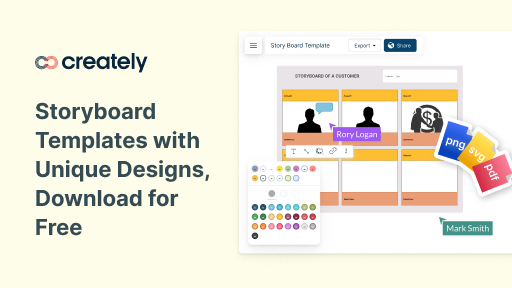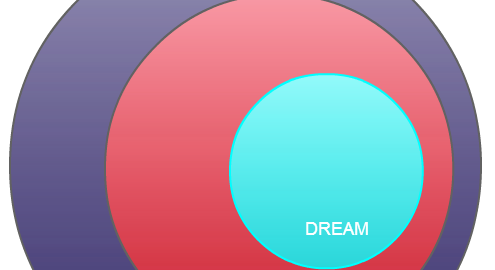We are always in a hurry; that’s maybe why they call us human race. We are in need of instant, to-the-point information, which is easily comprehensible.
Taking into consideration the fact that our brain processes images 60,000 times faster than words, it is evident why infographics have experienced such rapid growth in popularity.
In recent years, more and more marketers have taken advantage of the power of visual communication in their endeavor – to build awareness, generate leads and drive traffic to a website. In order to make such great impact with infographics, the entire package of this fairly-innovative piece of content has to be well-executed.
To learn how to create an infographic design that is impactful, you must familiarize yourself with some of the most common mistakes others have made, and learn how to correct them on your future projects.
Less is More
A mantra to live by; unfortunately, many are those who don’t really understand that the primary role of an infographic is to briefly illustrate, or better say, summarize, a lengthy research or an article.
Remember that whoever stumbles upon your infographic will be looking for a quick fix, a short answer to their question, and will not bother reading bulky paragraphs.
Solution: Highlight only the most important pieces of information you wish to present, and make short, but strong sentences.
More is Easier to Understand
Before completely disregarding us and labeling as just another contradictory piece, let us explain: if you put too much focus on creating a short infographic, you might end up creating one unorganized image with too many confusing pieces of information.
Solution: For an effective infographic design, focus on defining categories and presenting them all into different charts, which would make them easy to grasp.
Choose the Font Wisely
In cases when content marketers who don’t have a lot of experience in web design wish to include themselves in the process of infographic design, it occasionally results in the use of the ‘taboo’ fonts (the infamous Comic Sans, for example). Although calligraphy might seem more visually appealing at first, it doesn’t really yield any results.
Solution: Go with the fonts which are considered to be easy-to-read, like Arial or Times New Roman; still, whenever possible, opt for visualizations to represent particular pieces of information, rather than typography.
Refrain from Using Unusual Formatting for Data Visualization
This is a warning aimed at designers. Although your creative right side might be telling you to think out of the box and design something visually innovative and unexpected, more often than not, the result will be rather confusing.
Solution: Opt for charts, diagrams and use other visual elements which are familiar to your target audience, such as pie or bar charts.
Never be Predictable
Certainly, when creating content for an infographic, you will focus on the popularity of the particular topic; however, to make yourself stand out from the sea of similar works, you cannot settle for something most people are already well-informed about.
Solution: Come up with a new piece of information that would grasp your reader’s attention and provide them with much-needed value; always add an ‘a-ha!’ moment, a hook, which will be clearly highlighted and effectively attract your readers’ attention.
Tell a Story
Incomprehensible infographics are rather difficult to follow, and if you don’t present users with a logical sequence of information, or even events, they are bound to disregard your work.
Solution: Ensure you follow a certain storyline when creating content for your infographic, the one which your target audience will find relevant.
Be Careful with Color
Infographics are all about positive visual stimulation, and more often than not, designers opt for loud colors which most users find unappealing.
Solution: The 3-color palette rule is your safest bet – it comes down to a lighter shade for the background and two brighter ones which will be used to make clear distinctions between elements. Colors should complement each other, as well as your website.
Moreover, it is advisable to match the overall design of the infographic with the design of your website, and in that way create something unique everyone will recognize as yours without even having to look at credentials.
Final Words on Don’ts of Infographic Design
The beneifts of visual communication methods such as infographics are plenty. The effective use of infographic can radically improve your marketing efforts if utilized properly. They represent a unique opportunity to use visual elements which add much more to your story in a shorter amount of time. Remember: your readers will receive the message better if you show it to them, instead of just tell them about it.
Bio: Blake is a content marketing consultant at https://agseosydney.com.au/. Asides from digital marketing, his passions include science fiction books, 1980’s movies, and exotic foods.







The three color palette is a good tip. In my first attempt at an infographic, I used 5 colors and it was a hot mess. I think that limiting it to 3 would have helped to make it easier to read and it would have helped me to stick to my story.
I’ve used Canva to make infographics for my blog. Do you recommend any other type of software for a novice infographic creator?
Hi Adam, try Creately infographic tool https://creately.com/infographic-software-online. It’s beginner-friendly and easy-to-use. Plus there are expertly designed templates for a little inspiration too.